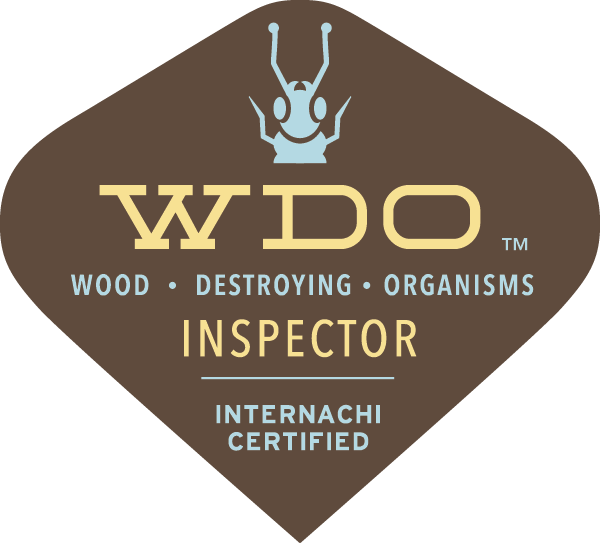CENTRAL & SOUTH FLORIDA TERMITE INSPECTIONS – WDO INSPECTION
What exactly is a Termite Inspection – WDO inspection?
When obtaining a mortgage or a mortgage guarantee to finance the purchase of a home, you most likely will be required to obtain a WDO inspection by the bank, the mortgage company, or the guarantor (FHA, VA, HUD, etc.) to inspect for indications of infestation of wood-destroying organisms that may exist in a building using a visual-only examination.
Termite Inspections are performed by a third party, licensed, and insured pest control company.
Although commonly referred to as a “Termite Inspection,” WDO stands for “wood-destroying organisms,” and a proper WDO inspection looks for evidence of infestation by termites (both subterranean and drywood types), wood decay, wood-devouring beetles, as well as evidence of past infestations, damage to wood, or conditions conducive to infestations, and evidence of past treatments.
The importance of getting a good WDO inspection:
First off, when you are buying a home, the WDO inspector is working for you – not the real estate agent, and not the seller. You are the one who will be stuck with the bill if the home you buy turns out to have a termite or other WDO problem that is not detected during the pre-sale inspection.
Understand that a proper WDO inspection costs money. Credentialed WDO inspection companies spend thousands of dollars a year on continuing training, certifications, inspection equipment, and insurance in order to provide you with the best inspection possible. So be very suspicious of companies offering cut-rate or “quickie” inspections. As with anything else, you generally get what you pay for.

A proper termite and WDO inspection consists of several steps, a visual examination of the exterior and interior of the home but not limited to;
- Crawlspace
- Main Level
- Attic
- Porch & Garage
- Addition
- Outbuilding
- Basement
- Exterior
An inspection of the exterior of the home, looking for signs of termite activity as well as conditions conducive to termite and other WDO infestations (such as wood that is too close to the ground, dead tree stumps by the house, improper grading, leaky gutters or downspouts, or tree branches overhanging or touching the home).
The inspector will also look for evidence of infestation by other wood-destroying organisms. A detailed written summary of the inspection results will be provided to you using a standardized WDO Inspection Form developed by the Florida Department of Agriculture, to clarify the inspection findings. When evidence of a past or present WDO infestation, damage due to an infestation, or conditions conducive to the infestation are found, the inspector will usually attach his or her remediation recommendations and/or an estimate for treatment.


